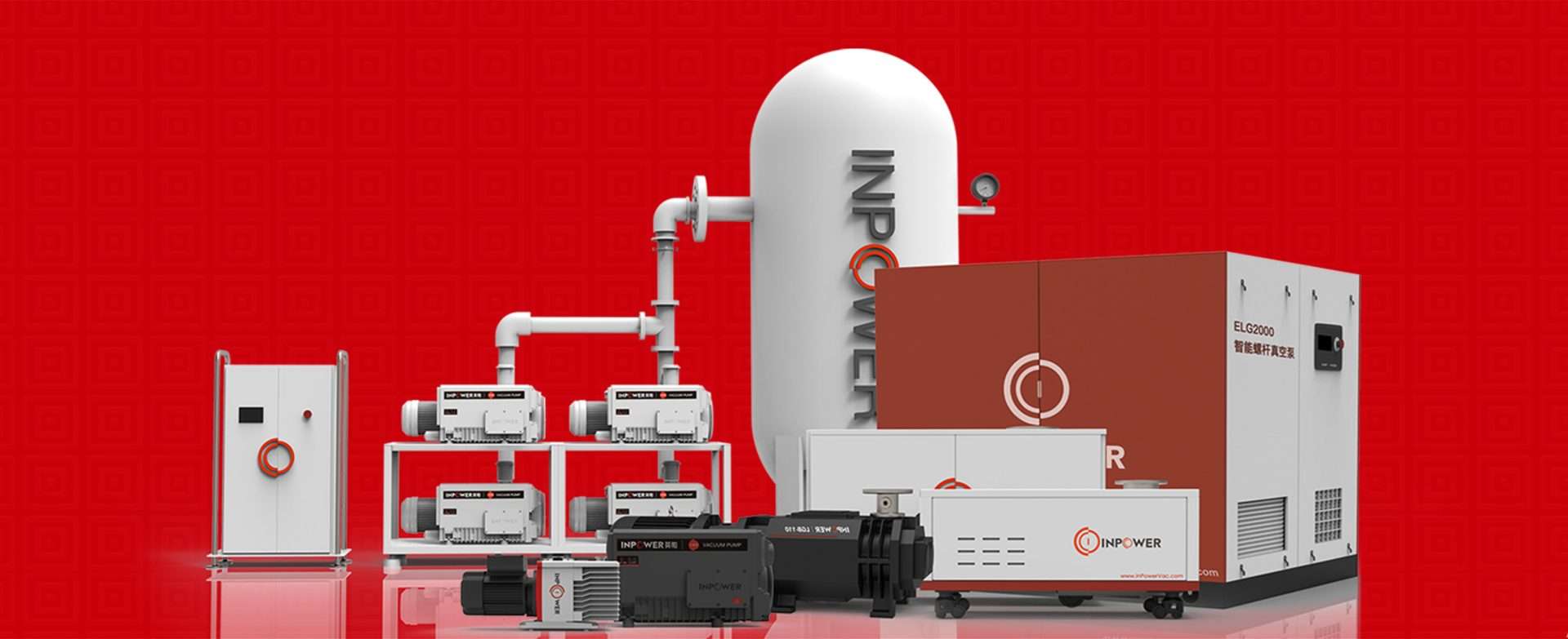Table of Contents
- Introduction
- Understanding Vacuum Pumps in Food Processing
- The Role of Vacuum Pumps in Food Processing Safety
- Key Benefits of Using Vacuum Pumps in Food Processing
- Types of Vacuum Pumps Used in Food Processing
- Applications of Vacuum Pumps in Food Processing
- Industry Standards and Regulations
- Conclusion
Introduction
The journey of food from farm to table is fraught with challenges, especially when it comes to ensuring safety and preserving quality. One of the key players in this process is the vacuum pump. Vacuum pumps in food processing and safety are instrumental in maintaining the integrity, freshness, and safety of food products throughout their journey from production to consumption.
Understanding Vacuum Pumps in Food Processing
Vacuum pumps are mechanical devices used to create or maintain a vacuum in a sealed environment. They play a critical role in various stages of food processing, from packaging to preservation. By removing air and reducing pressure, vacuum pumps help in preventing bacterial growth, minimizing oxidation, and improving the overall quality of food products.
The Role of Vacuum Pumps in Food Processing Safety
Ensuring food processing safety is paramount, and vacuum pumps play a vital role in this aspect. By creating a vacuum, these pumps help in controlling the atmosphere around the food products, which in turn reduces the risk of contamination, extends shelf life, and maintains the nutritional value of the food.
Key Benefits of Using Vacuum Pumps in Food Processing
1. Enhanced Freshness
Vacuum pumps help in preserving the freshness of food by removing air, which is a primary cause of spoilage. By creating a vacuum, the growth of bacteria and other microorganisms is significantly reduced, keeping the food fresh for longer periods.
2. Reduction of Contaminants
The vacuum environment reduces the presence of contaminants such as dust, dirt, and other foreign particles. This ensures that the food remains clean and safe for consumption.
3. Extended Shelf Life
By minimizing the exposure to oxygen and other environmental factors, vacuum pumps extend the shelf life of food products. This is particularly important for perishable items like fruits, vegetables, and meats.
4. Improved Flavors and Textures
Vacuum processing helps in preserving the natural flavors and textures of food products. By removing air and moisture, the food retains its original taste, texture, and nutritional value.
Types of Vacuum Pumps Used in Food Processing
Liquid Ring Vacuum Pumps
Liquid ring vacuum pumps are widely used in the food industry due to their reliability and efficiency. These pumps use a liquid ring to create a vacuum, making them suitable for handling wet or moist products.
Rotary Vane Vacuum Pumps
Rotary vane vacuum pumps are popular for their compact size and high performance. They are often used in packaging and sealing processes, where a consistent vacuum level is required.
Scroll Vacuum Pumps
Scroll vacuum pumps are known for their quiet operation and high efficiency. They are ideal for applications requiring a clean and oil-free environment, such as in the processing of delicate food items.
Applications of Vacuum Pumps in Food Processing
Vacuum Packaging
Vacuum packaging is one of the most common applications of vacuum pumps in food processing. By removing air from the packaging, the food is protected from spoilage and contamination, ensuring a longer shelf life.
Vacuum Cooling
Vacuum cooling is a rapid cooling technique used for fruits, vegetables, and other perishable items. By lowering the atmospheric pressure, the boiling point of water is reduced, allowing for quick cooling and extended freshness.
Freeze Drying
Freeze drying is a method of preserving food by removing moisture through sublimation. Vacuum pumps play a crucial role in creating the necessary conditions for freeze drying, resulting in lightweight and long-lasting food products.
Degassing Liquids
Vacuum pumps are also used in degassing liquids, such as juices, sauces, and oils. By removing dissolved gases, the quality and stability of the product are significantly improved.
Industry Standards and Regulations
In the food industry, adhering to industry standards and regulations is essential for ensuring safety and quality. Vacuum pumps used in food processing must comply with standards set by organizations such as the FDA, USDA, and ISO. These standards ensure that the equipment used is safe, reliable, and capable of maintaining high levels of hygiene and efficiency.
Conclusion
From farm to table, vacuum pumps play a pivotal role in ensuring food processing safety. By enhancing freshness, reducing contaminants, extending shelf life, and improving flavors and textures, vacuum pumps are indispensable in the modern food industry. As technology continues to advance, the role of vacuum pumps in food processing will only become more significant, contributing to safer and more sustainable food production practices.
Understanding the importance of vacuum pumps in food processing can help consumers make informed choices and appreciate the intricate processes involved in bringing fresh and safe food to our tables. Whether it’s through vacuum packaging, cooling, or freeze drying, these remarkable devices ensure that the food we consume is of the highest quality. So the next time you enjoy a meal, take a moment to think about the vacuum pumps working behind the scenes to keep your food fresh and delicious.

0 Comments